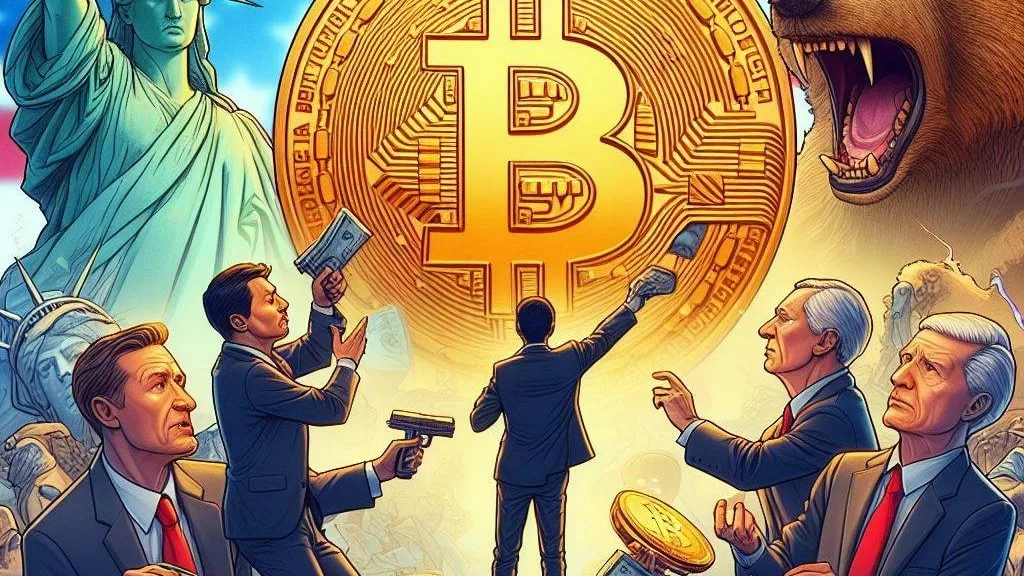
Traditionally, Bitcoin has experienced significant price increases following each halving event. However, Goldman Sachs warns against blindly extrapolating this historical pattern to the current situation. According to the bank, factors such as inflation and interest rates play a pivotal role in shaping Bitcoin’s response to the halving cycle, and the current economic conditions deviate significantly from those of previous halvings.
Unlike past cycles characterized by high money supply and low interest rates, today’s economic scenario presents a different picture. With US interest rates hovering above 5% and uncertainties surrounding inflation targets, the stage is set for a divergence from the norm. Bank of America’s projections even suggest that a rate cut by the Federal Reserve might not materialize until March 2025, further complicating the outlook.
Amidst these economic uncertainties, Goldman Sachs emphasizes the importance of considering the supply-demand dynamics and the burgeoning interest in Bitcoin ETFs as key determinants of the cryptocurrency’s medium-term outlook. While the short-term price action surrounding the halving may grab headlines, the bank argues that the sustained demand for Bitcoin and the evolving market dynamics will ultimately drive its price trajectory.
A recent report from Bybit adds fuel to the fire, suggesting that exchange reserves could deplete within nine months, amplifying concerns over Bitcoin scarcity. Meanwhile, the launch of spot-based Bitcoin ETFs in the US has sparked a frenzy of investor interest, with assets under management reaching a staggering $59.2 billion in just three months, according to Bloomberg.
With Bitcoin already surpassing its previous all-time high last month, this halving cycle appears to be charting a different course from its predecessors. In the past, Bitcoin typically took several months to reclaim its peak after the halving event. However, the influx of institutional interest and the introduction of Bitcoin ETFs have accelerated the timeline, leading experts to speculate on a potential rally ahead of schedule.
Before delving into the economic intricacies, let’s first understand the significance of the halving event. Picture this: every four years, like clockwork, the supply of new Bitcoins entering circulation is cut in half. This phenomenon, known as the halving, is hard-coded into Bitcoin’s protocol and serves as a mechanism to control inflation.
In theory, a reduction in the supply of new coins should drive up demand, leading to an increase in price. And historically, this has been the case. However, as Goldman Sachs aptly observes, past performance is not always indicative of future results.
Economic Realities
So, what’s different this time around? In a word: economics. The macroeconomic landscape today is vastly different from what it was during previous halving cycles. Factors such as inflation and interest rates now loom large, casting shadows of uncertainty over Bitcoin’s future trajectory.
As the countdown to the halving continues, the cryptocurrency community finds itself at a crossroads, grappling with the intersection of tradition and innovation, optimism and skepticism. While the allure of past performance looms large, the reality of present economic conditions demands a recalibration of expectations. Whether Bitcoin will defy the odds once again and soar to new heights remains to be seen, but one thing is certain: the journey ahead promises to be anything but predictable.
Get the latest Crypto & Blockchain News in your inbox.